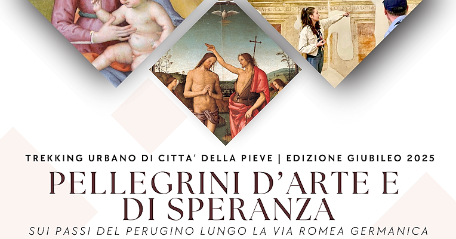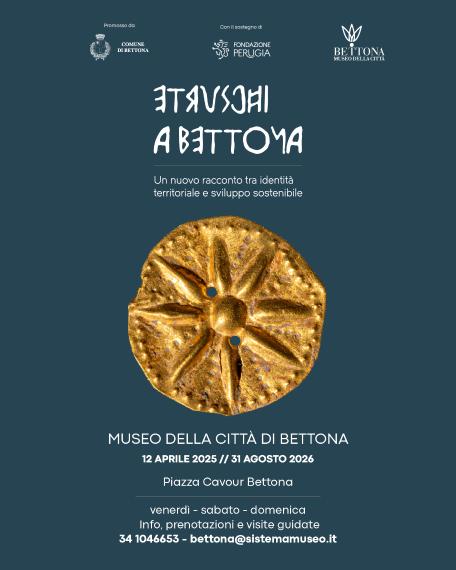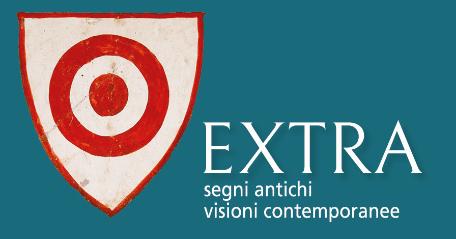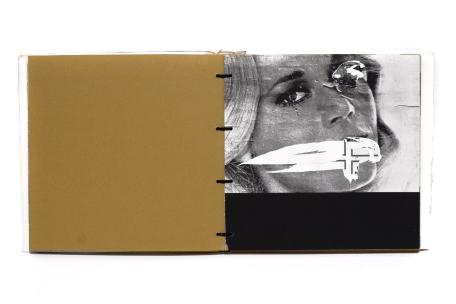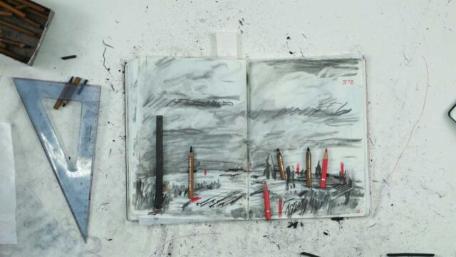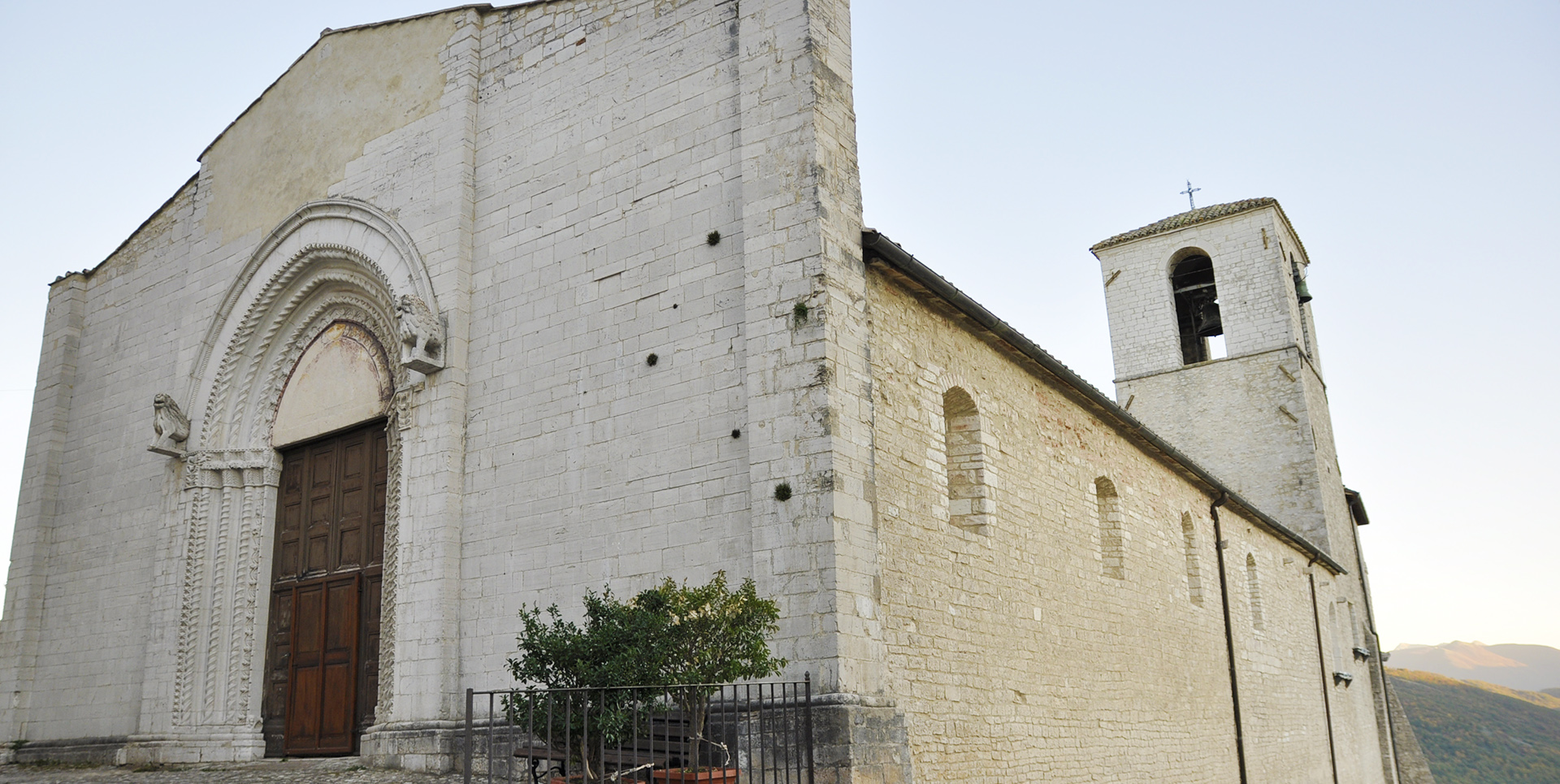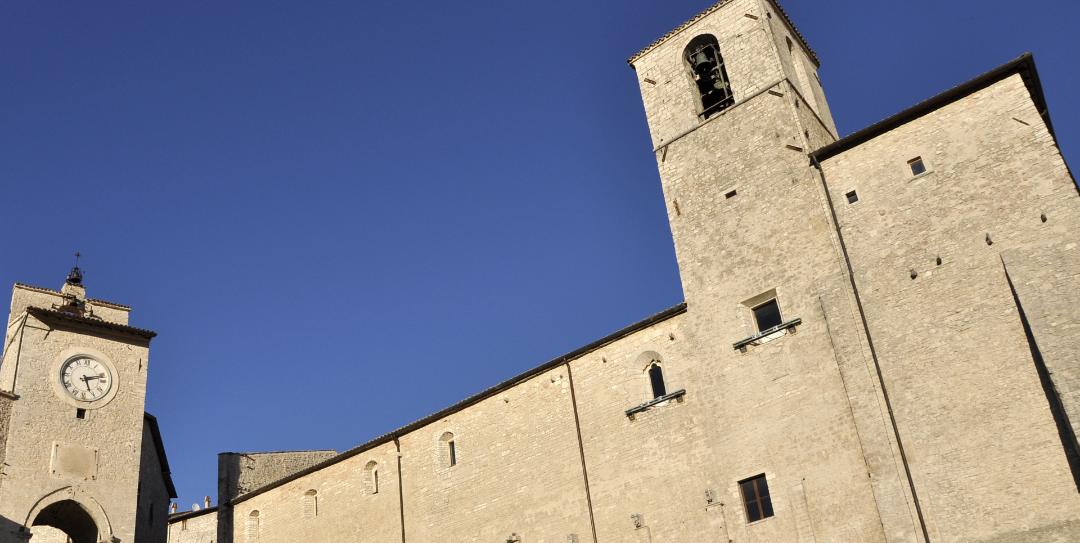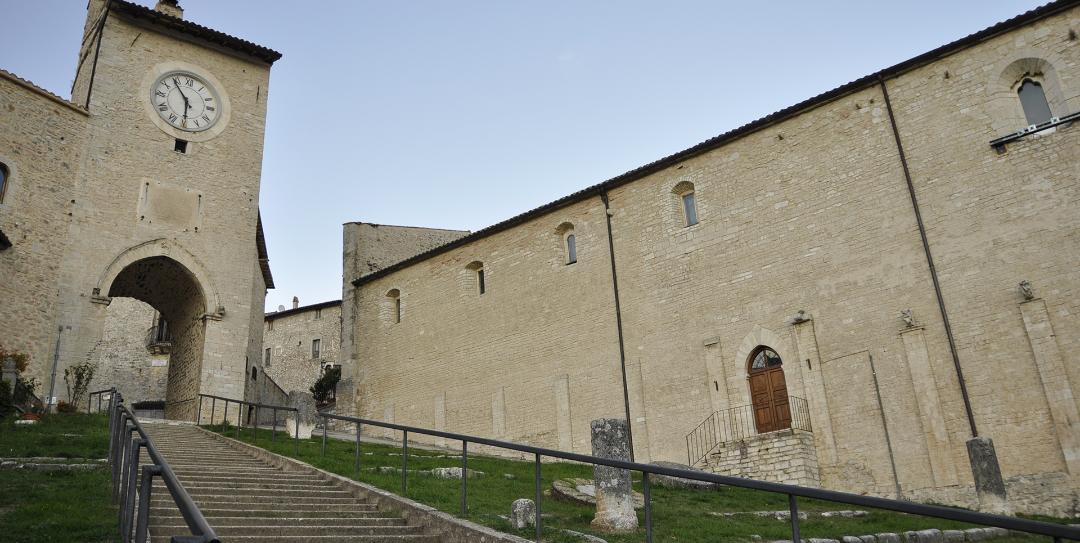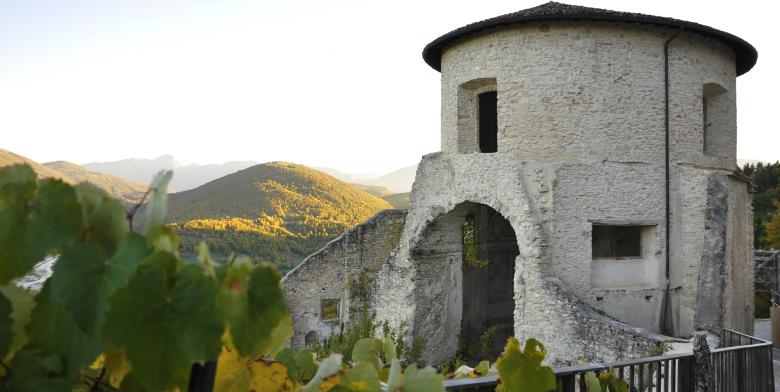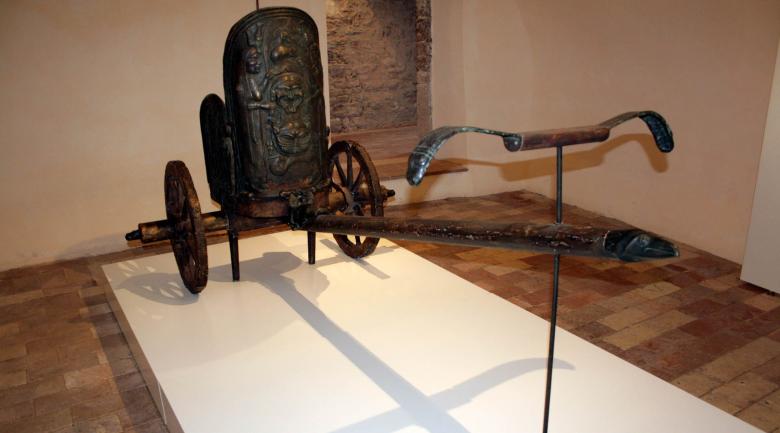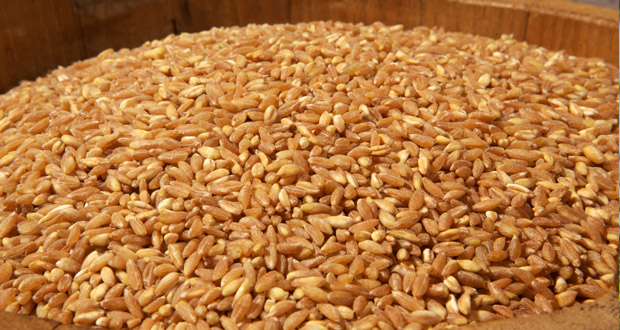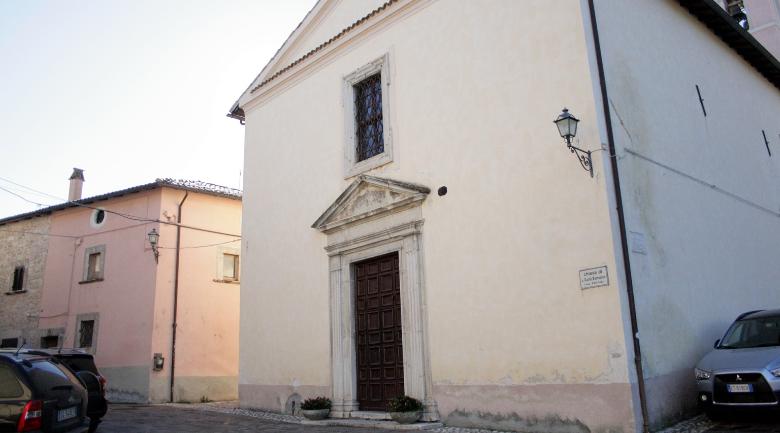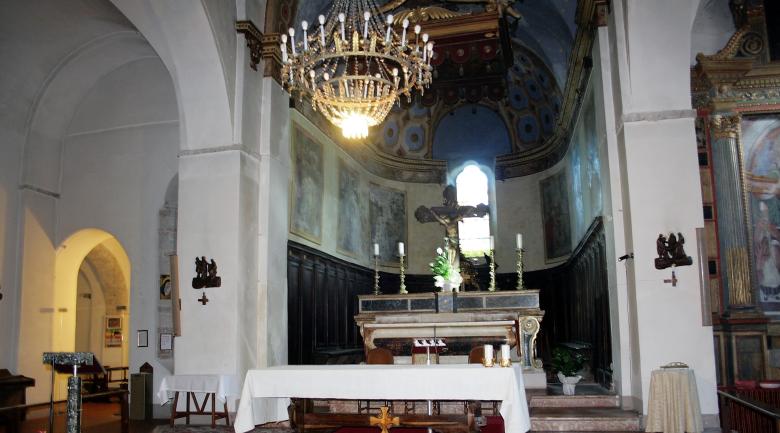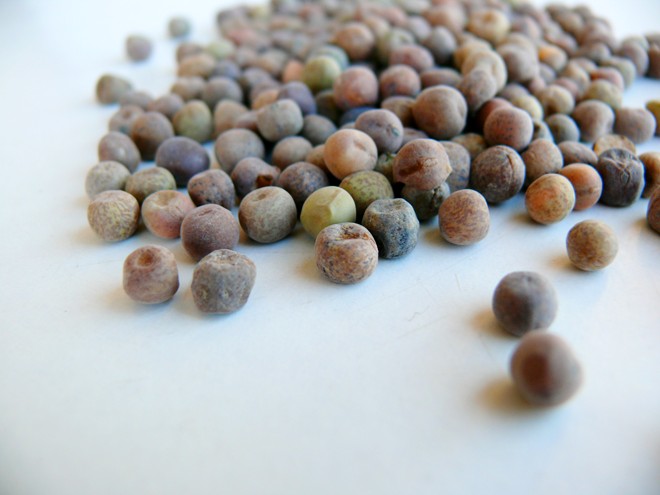The effects of this division are clearly visible in the floor inside the church, which cuts the fresco of the Crucifixion on the left wall, then further mutilated it by the subsequent opening of a modern door that leads into the upper order of the cloister.
The main façade (north-facing) is in the upper part: it is decorated with an ogival portal of clear Romanesque-Gothic style, enriched with three ranks of twisted columns and reliefs of a lively naturalistic flavour with animals, human figures and angels, a certain work of Lombard masters, it is, however, partially truncated from the original crowning. In the upper lunette you can see a fresco depicting Mary between St. Francis and St. Nicholas. On the sides of the external face, traces of devotional graffiti and a cross are visible in particular light conditions. On the right side, the mighty buttresses with sculpted endings make the building similar to a fortified place: the sensation is further accentuated by its position and by the proximity to the door of the castle, along the walls.
The interior is divided by stone pillars into two naves; the main nave is decorated with a beautiful wooden ceiling painted by Giuseppe Frigerio da Norcia (1760), while the smaller one is covered with cross vaults and ribs. Many cycles of frescoes from the fourteenth through sixteenth centuries remain of the internal wall decoration, often juxtaposed and unfortunately partly damaged by the numerous work that has taken place over the centuries. Among the stoups is a Longobard one that shows the Greek letter Tau, symbol of the fulfilment of the word revealed by God.
The door that cuts the fresco of the Crucifixion leads to the upper cloister, once covered by cross vaults (of which the imposts remain) now has a single sloping roof, and has 9 tempera lunettes made in the first half of the eighteenth century, depicting (except the first) the life of St. Francis. At the foot of these lunettes and along the entire wall of the corridor is a small antiquarium, a collection set up by the parish priest Don Angelo Corona with fragments of Roman, medieval and modern epigraphs and sculpture. Part of the medieval architectural material comes from the church of San Nicola, while the headless statue of a female figure was recovered from nearby Trivio. There is also the Roman funerary inscription of Sesto Vettuleno, found decades ago in Forca di Usigni (in the municipality of Poggiodomo) and bearing the following inscription: SEX VETTVLENVS. P.F. GRAGVS / VETTVLENA. SEX.F. VXOR.
In the lower church, later used for burials, the old choir preserves lively frescoes of Franciscan subjects that, although heavily repainted several times, are an interesting testament of southern Umbrian painting of the early fifteenth century. In the room, used as a theatre, some arches have been brought to light on the right wall, that show the uncommon appearance of the lower church. The sacristy houses a small but remarkable collection of sacred art that includes a wooden sculpture of the thirteenth century depicting a Madonna and Child, from Castevecchio.


















